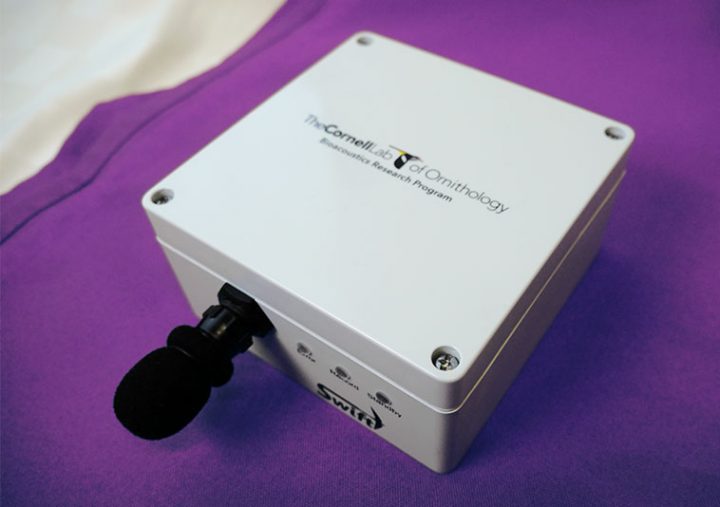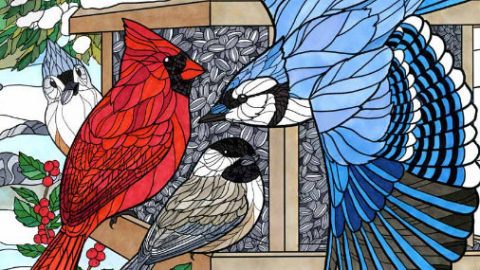View from Sapsucker Woods: The Birds Are Still There
By John W. Fitzpatrick
January 11, 2017
From the Winter 2017 issue of Living Bird magazine. Subscribe now.
I gave the phrase “you can’t go home again” a moving and surprisingly uplifting test this past October by revisiting a piece of paradise I’d last lived in 31 years ago. In the early 1980s, several colleagues and I comprehensively surveyed the birds of the Cordillera del Pantiacolla, a mountain ridge bordering the Manu National Park in southeastern Peru. Camping for many weeks at a time at various elevations on those forested slopes, we grew to love that spectacular mountain as our home. I’ve been there in my dreams many times since those days, but my last expedition there was late in 1985 while my wife Molly was back home carrying our first child. Walking the mountain’s enchanted, mossy summit, I vowed to get that child back to this mountain someday. Sarah was born the following March.
My return trip was the brainstorm of former Cornell grad student Ben Freeman, who with his wife, Alexa, had painstakingly resurveyed two mountain transects in New Guinea 50 years after Jared Diamond’s surveys in the 1960s. Their landmark results demonstrated that bird communities had shifted substantially upslope as a consequence of climate change. Crested Satinbirds, for example, were one of a group of species that had moved more than 110 meters up the mountains. Do similar upslope shifts characterize tropical mountains elsewhere around the world?
A resurvey of our Pantiacolla localities could answer this question, so Ben suggested that I help him identify the exact transect we surveyed in the 1980s. The timing for such a trip “back home” would be perfect for field-testing an audio monitoring device newly developed by the Cornell Lab’s bioacoustics team. Moreover, to my great joy, Sarah—now a 30-year-old biologist—jumped at the chance to experience her dad’s old stomping grounds.

Over recent decades the eastern Peruvian wilderness has been penetrated by controversial roads, oil extraction, logging, ecotourism, and rampant illegal gold-mining, so my trepidations were legion. Indeed, many biologists mourn after visiting field sites they’d studied back in their youth, only to discover how much they had changed. What I encountered, however, still took my breath away as we descended the eastern Andes to the lowlands below. Although clear signs of human population growth were visible throughout our journey, the Manu Road remains the world’s most spectacular route into tropical wilderness, and the Alto Madre de Dios is still an equally magnificent wilderness river. Travel is easier and safer than in the old days, and the ecotourist lodges we visited were rustic-superb. Most important, the majestic Pantiacolla remains covered in old-growth forest and still harbors its fully intact bird community, including all seven macaw species known from Peru. I was truly home again, Sarah made it to the summit, and our acoustic units functioned spectacularly despite being drenched by tropical deluges almost every day.
Back in Ithaca, I’ve been transporting myself to the Pantiacolla simply by donning headphones and listening to continuous recordings of soundscapes at two elevations. I’ve noted 78 bird species so far and am still working through the recordings. Applications of this new technology for conservation monitoring will be revolutionary, and I can go back to the magical sounds of home again any time I want to.

All About Birds
is a free resource
Available for everyone,
funded by donors like you
American Kestrel by Blair Dudeck / Macaulay Library



